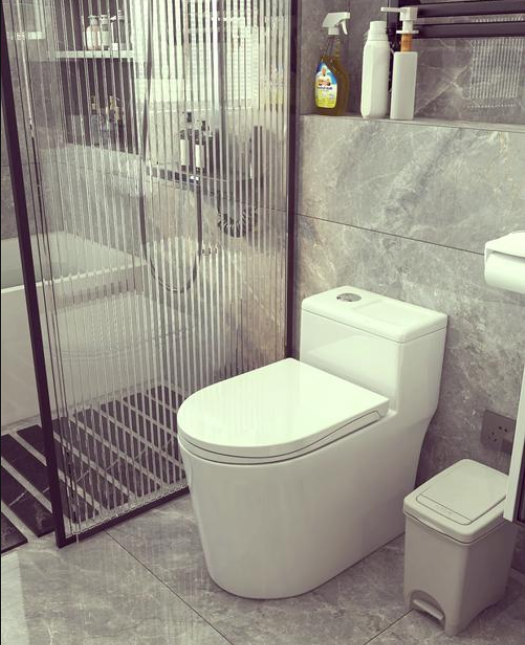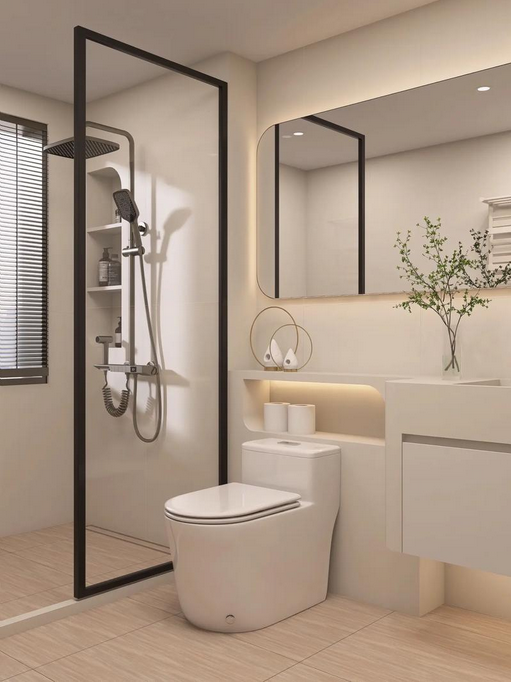The toilet, as a core fixture in the bathroom, is as undeniably important as a bed in a bedroom. When choosing a toilet, consumers typically consider its quality, price, and how well it fits the bathroom's area. However, with the dazzling array of toilet sizes on the market, how does one make an informed decision? It requires seeking advice from experienced individuals to ensure you select the most suitable toilet size.
I. How to Select the Right Toilet SizeWhen purchasing a toilet, the primary step is to choose the appropriate size based on the distance from the drain outlet to the wall, also known as the rough-in distance. This distance is crucial for toilet installation, and the error should not exceed 1 centimeter. Typically, toilet sizes range from 0.3 to 0.45 meters, but the specific size will vary depending on the bathroom's dimensions. Especially when tiles need to be laid in the bathroom, it's essential to pay attention to the spacing issue when selecting a toilet to ensure you choose one of the correct size.
The choice of toilet size is not only related to the floor footprint but also to its height. For example, if the toilet's floor footprint is approximately 70x40, then during design, about 80-128 millimeters of space should be reserved in that position. This 80-millimeter height design allows the legs to remain comfortable during use, preventing the body from leaning forward due to a design that is too low. Furthermore, comfort and physiological needs are important considerations when choosing a toilet size. According to relevant research, the distance from the ground after a person's calf is bent is approximately 3-8 centimeters, a height range that is more ergonomic and significantly enhances comfort during use
Toilets require careful maintenance in daily use to extend their lifespan. Avoid placing the toilet directly in direct sunlight and keep it away from heat sources to prevent the surface material from discoloring due to heat exposure. At the same time, be careful not to place heavy objects on top of the toilet to prevent surface scratches or cracks. Additionally, hard objects such as flower pots and water tanks should not be placed directly on the toilet to ensure its comfort and safety during use. These daily use details are key points we need to pay attention to when maintaining our toilets.
When cleaning the toilet seat, it is recommended to use a soft cloth for wiping. This not only improves cleaning effectiveness but also effectively protects the seat surface from damage. At the same time, avoid using strong acid, strong alkali solvents, or scouring powder, as these cleaning agents may cause damage to the toilet. Furthermore, be careful not to use volatile agents or solvents containing chemicals. Also, when handling the toilet lid, control your force to avoid breaking the lid or leaving marks due to excessive force, which would affect its appearance and use.
